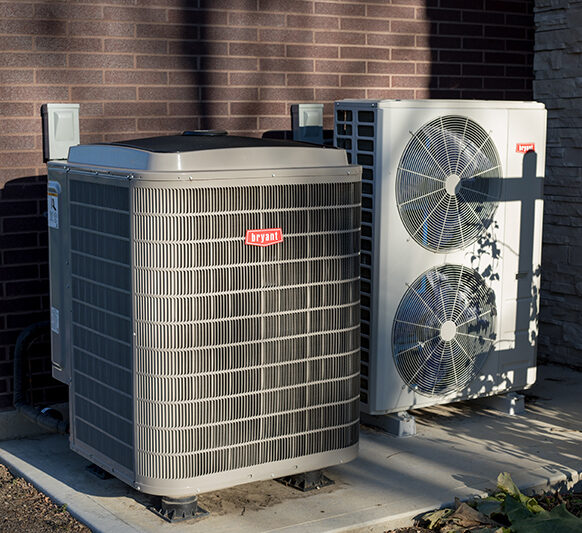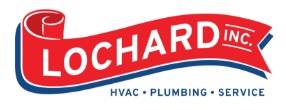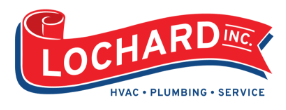
Stay Cool This Summer: How to Prepare Your A/C System for Summer
Stay Cool This Summer:
With summer just around the corner, it’s time to start preparing your home for the rising temperatures. This means getting your air conditioning system in good working order. Don’t wait until the first heat wave hits to make sure your air conditioner is up to the task – do it now while it’s still cool outside. By taking a few simple steps, you can ensure that your unit runs smoothly throughout the summer months without any breakdowns or malfunctions. In this blog post, we’ll cover some practical tips so you can stay cool and comfortable this summer.
1. Change the Air Filter:
Air filters prevent dust, dirt and contaminants from circulating through your home. They should be changed at least once every three months. However, if you have pets or allergies, you should change the filter more frequently. A dirty air filter can reduce airflow, making your air conditioning system work harder than it needs to. This extra effort will shorten the lifespan of your unit and result in higher energy costs. A new air filter will improve indoor air quality, increase energy efficiency and extend the life of your unit.
2. Clean the Condenser Coils:
The condenser coils located outside your home play a crucial role in the cooling process. They transfer heat from the indoors to the outside air. Over time, the coils can become dirty and clogged with debris such as grass clippings and leaves. This accumulation reduces the airflow and impacts the unit’s ability to cool efficiently. Cleaning the coils is a simple but important task that can improve the performance of your air conditioner. You can use a garden hose and a soft bristle brush to lightly scrub the coils.
3. Check the Refrigerant Levels:
The refrigerant levels in your air conditioner should be checked at least once per year. Low refrigerant levels can be a sign of a leak or another issue that requires immediate attention. A trained technician can measure the refrigerant levels and add more if necessary. If your air conditioner uses R-22 refrigerant, also known as Freon, keep in mind that it has been phased out and will soon be unavailable.
4. Test the Thermostat:
The thermostat is the brain of your air conditioning system. It controls when the unit turns on, when it turns off, how much cold air is produced, and at what temperature. To make sure your thermostat is functioning correctly, test it by setting it to a lower temperature than the current room temperature. Wait a few minutes and listen to see if the air conditioner turns on. If it doesn’t, there may be a problem with the thermostat. Check the batteries if it is battery-operated or contact a professional for repairs.
5. Schedule a Professional Inspection:
An annual inspection by an experienced technician is the best way to keep your air conditioning system operating properly. A technician will examine all the components of your unit, identify any potential issues, and make recommendations for repairs or upgrades. This proactive measure can prevent costly repairs in the future and extend the lifespan of your unit.
In conclusion, preparing your air conditioning system for summer doesn’t have to be intimidating. By following these steps, you can be sure that your system is ready for the warmer months ahead. Don’t wait until it’s too hot to be comfortable inside your home. By changing air filters, cleaning condenser coils, checking refrigerant levels, testing the thermostat, and scheduling annual inspections, you’ll stay cool all summer long. Investing a little time and effort into maintaining your air conditioning system can keep you and your family happy and comfortable all summer long.



